Haywood school board approves budget

Haywood County Schools Local Expense Budget is set to look very similar to years past, with the COVID-19 Pandemic causing only a few exceptions.
The Board of Education approved the 2021-22 local expense budget proposed by school administration on April 19.
“This is a COVID-19 year, a very unusual year, so we did not want to completely revamp the budget,” said Superintendent Dr. Bill Nolte. “We’re on a very good trajectory over the last couple years of spending less fund balance and getting to an actualized fund balance. We may spend some fund balance this year, we may not. And then next year hopefully we’ll be closer to where we need to be on the actualized budget.”
The 2021-22 budget allotments are very similar to that of the 2020-21 budget. However, due to a decrease in student numbers, several line items decreased by 3.5 percent from the previous year. There are currently 6,765 students attending Haywood County Schools, down from 7,100 last year. Nolte said this is consistent with public schools around the country following the COVID-19 disruption of normal school activities.
The school system receives $2,291.33 per student, in local funding. Administration estimates 433 charter school students in Haywood County, whose funding allotments are given to Haywood County Schools and then remitted to the charter schools. Haywood County Schools will remit $800,000 of funding to charter schools in the 2021-22 fiscal year.
Projected revenues from fines and forfeitures are likely to decrease significantly this year because courts have not been in session regularly. ABC revenues are projected at $41,500 but could be as low as $20,000. Nolte said because those numbers are not determined, money from both sources will not be spent until it has been received. With more than $3 million in the fund balance, the total estimated local expense budget is $16,909,493.
Related Items
The primary focus points for the 2021-22 budget are to recruit, maintain and support employees in their passionate and productive work, limit expansion items in the Local Current Expense Budget and adjust the budget as appropriate to account for unexpected impacts of the COVID-19 crisis.
In total, 53 percent of the budget is allocated to instructional services, 41 percent to system wide support services, and 6 percent to non-programmed charges.
Salaries account for 46 percent of the budget, 17 percent to employer provided benefits, 17 percent to purchased services, 14 percent to supplies and materials, 5 percent to transfers and 1 percent to capital outlay.
The biggest line item in the budget goes to non-instructional support. This includes public utility costs, office support, overtime pay, communication services, computer software, custodians, substitute teachers, building repairs and more.
Other large items include $1,807,140 for classroom teachers, and $937,265 for central office administration.
The 2021-22 capital budget is $900,000, the same number as for the two previous years. That money will go toward routine repairs to school buildings and maintenance costs.
The child nutrition fund for the 2021-22 school year is $4,473,569 — a 6 percent increase from the previous year. That increase is based on the state estimated increase for labor, benefits and food costs. Meal prices are not set to increase for next year.
The child nutrition program operates independently of other school programs. Revenues for the program include money from meals and supplemental items sold, USDA cash reimbursements and USDA donated commodities. Fifty-seven percent of the budget goes toward labor and benefits, 37 percent toward food and supplies and 6 percent to overhead.
The free breakfast and lunch given to students during the COVID-19 Pandemic is set to expire on Sept. 30. If an extension is not made, school lunches will then return to normal prices.









